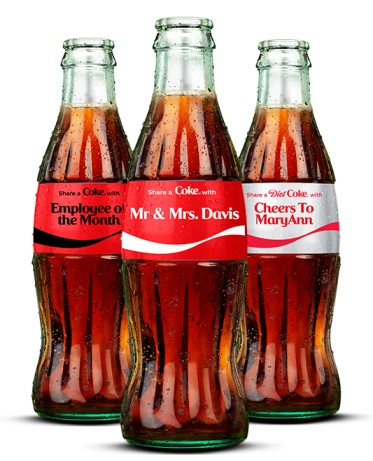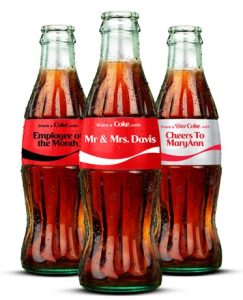
Welcome to a comprehensive exploration of the iconic Coca-Cola brand through a SWOT analysis. Discover the strengths, weaknesses, opportunities, and threats that shape Coca-Cola’s journey in the world of beverages. Join us as we uncover the key insights behind “SWOT analysis of Coca-Cola.”

Table of Contents
ToggleStrengths of Coca-Cola
Coca-Cola’s refranchising efforts and structural changes initially posed challenges, causing up to an 18-19% impact on revenue. However, the company’s core business is expected to maintain strong growth.
Organic revenue for Coca-Cola is projected to increase by 3% in 2023. A robust operating performance is anticipated to drive a growth of 7-8% in comparable currency-neutral income before taxes.
Coca-Cola remains a globally recognized brand, known by 94% of the world’s population, with a presence in nearly every country.
The company is prominently listed among organizations offering multicultural opportunities and supporting women’s business enterprises.
Coca-Cola, along with its bottling partners, employs over 700,000 people globally, ranking among the top private employers.
Weaknesses of Coca-Cola
While Coca-Cola’s core performance remains solid, refranchising its bottling operations affected the top line and earnings per share. First quarter results saw an 11% year-on-year decline in net revenue due to this transition.
The ongoing structural changes have introduced uncertainties about the company’s stability and led to a decrease in sales growth.
Coca-Cola is facing contract terminations with certain supermarkets and fast-food outlets, indicating potential shifts in partnerships and brand loyalty.
Opportunities of Coca-Cola:
Coca-Cola aims to become more growth-oriented and adaptable to changing consumer behavior. Successful instances of innovation, such as the growth of the Innocent smoothies brand and Coca-Cola Zero sugar drink, pave the way for continued success and competitive advantage.
The company’s focus on sustainability opens opportunities for a circular economy business model, minimizing resource wastage and environmental impact.
Threats of Coca-Cola
Efforts to incorporate recycled materials in bottle production reflect Coca-Cola’s commitment to sustainability. However, criticism and concerns arise about “greenwashing,” potentially leading to consumer backlash and boycotts.
Coca-Cola faces competition from Pepsi, which emphasizes premium products and enhances its e-commerce presence. The differing strategies may impact each brand’s success in the evolving market landscape.
